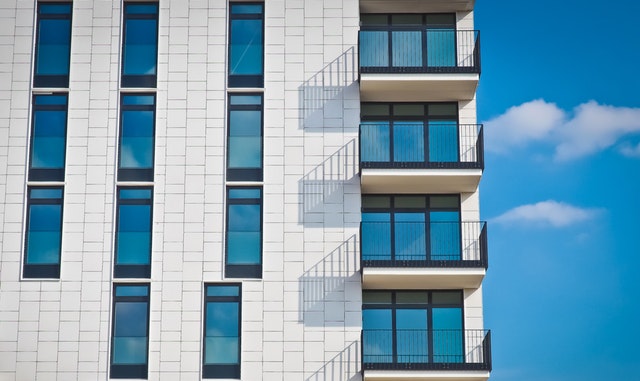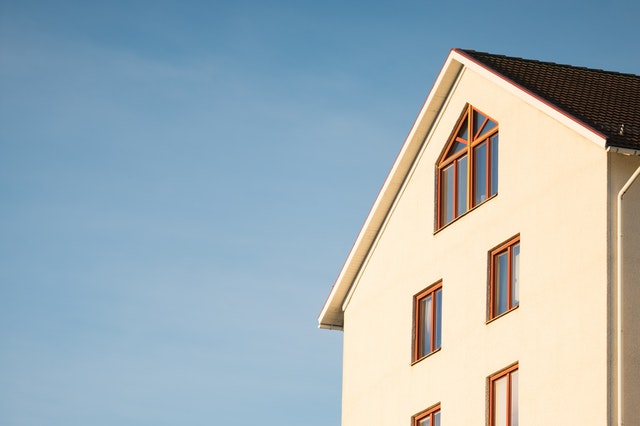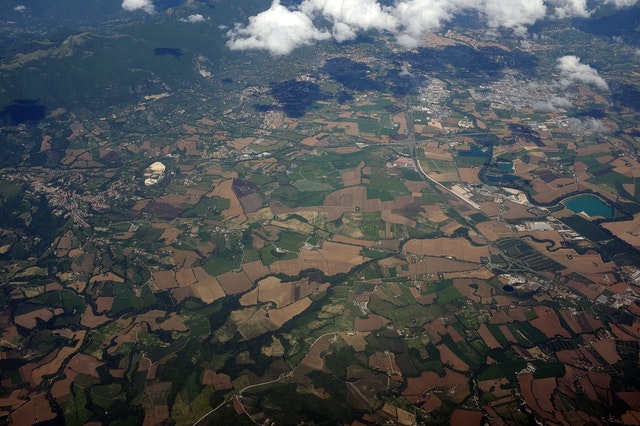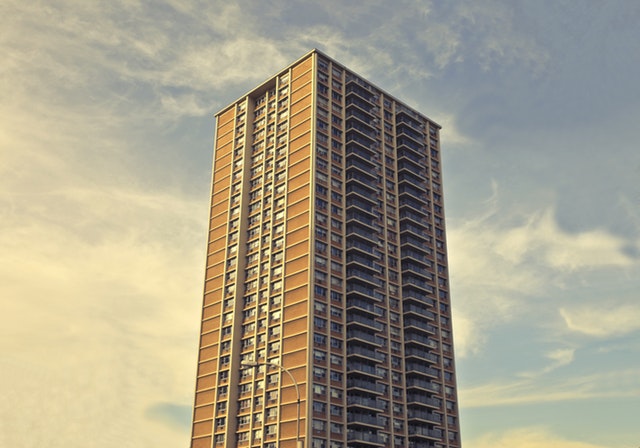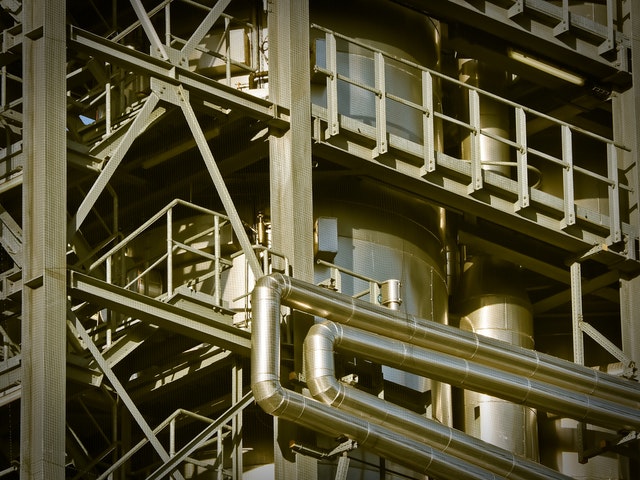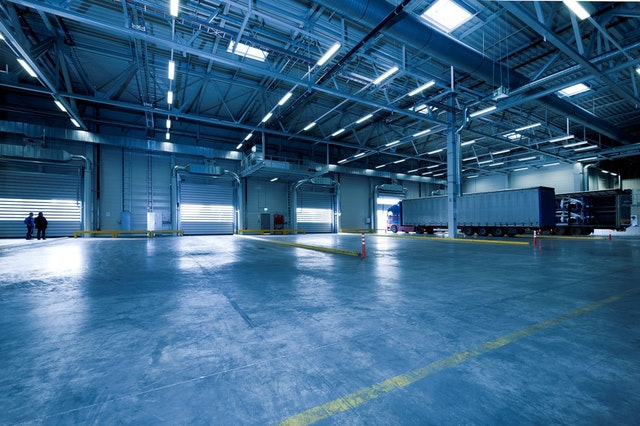High construction prices are fueling the second-hand housing market
Since the beginning of last year, an increase in inflation has been observed in Latvia, the prices of energy resources and building materials have also increased significantly. This has increased the cost of construction and may change the trends of the real estate market. “In recent years, the purchase of housing in new projects gained more and more popularity, but the current high construction costs can at least temporarily change the rules of the game in the market, once again bringing up the secondary housing market, i.e. the purchase of properties that come up for sale again,” says Kaspars Sausais, head of Luminor’s housing lending. Data from Luminor Bank show that last year the amount of loans issued in new projects grew by 80% and the demand for them was equal to the interest in apartments in serial projects. However, the first months of this year show that the pace of construction in the field of real estate is beginning to decrease – it is more difficult to procure building materials, their prices have risen significantly and it is difficult to predict the total costs and the final price of apartments. Most of the started projects are continued, but the construction of new buildings is in many cases postponed. This will reduce the availability of housing in new projects in the coming years, and such housing will become significantly more expensive. Already last year, construction costs increased by 10-30% and this year the increase continues. According to Luminor’s observations, last year the number of transactions in new projects reached its highest point in the second half of the year, while this year it is falling. As supply decreases and prices rise, the number of transactions in the first-time or new housing market could continue to decrease. On the other hand, the prices of apartments in the secondary market should be lower due to wear and tear, but considering the very limited offer, lower prices cannot really be found. Interest could also grow in apartment properties in apartment buildings built during the Soviet era, which have been renovated and are therefore more energy efficient.
Read the full article here

